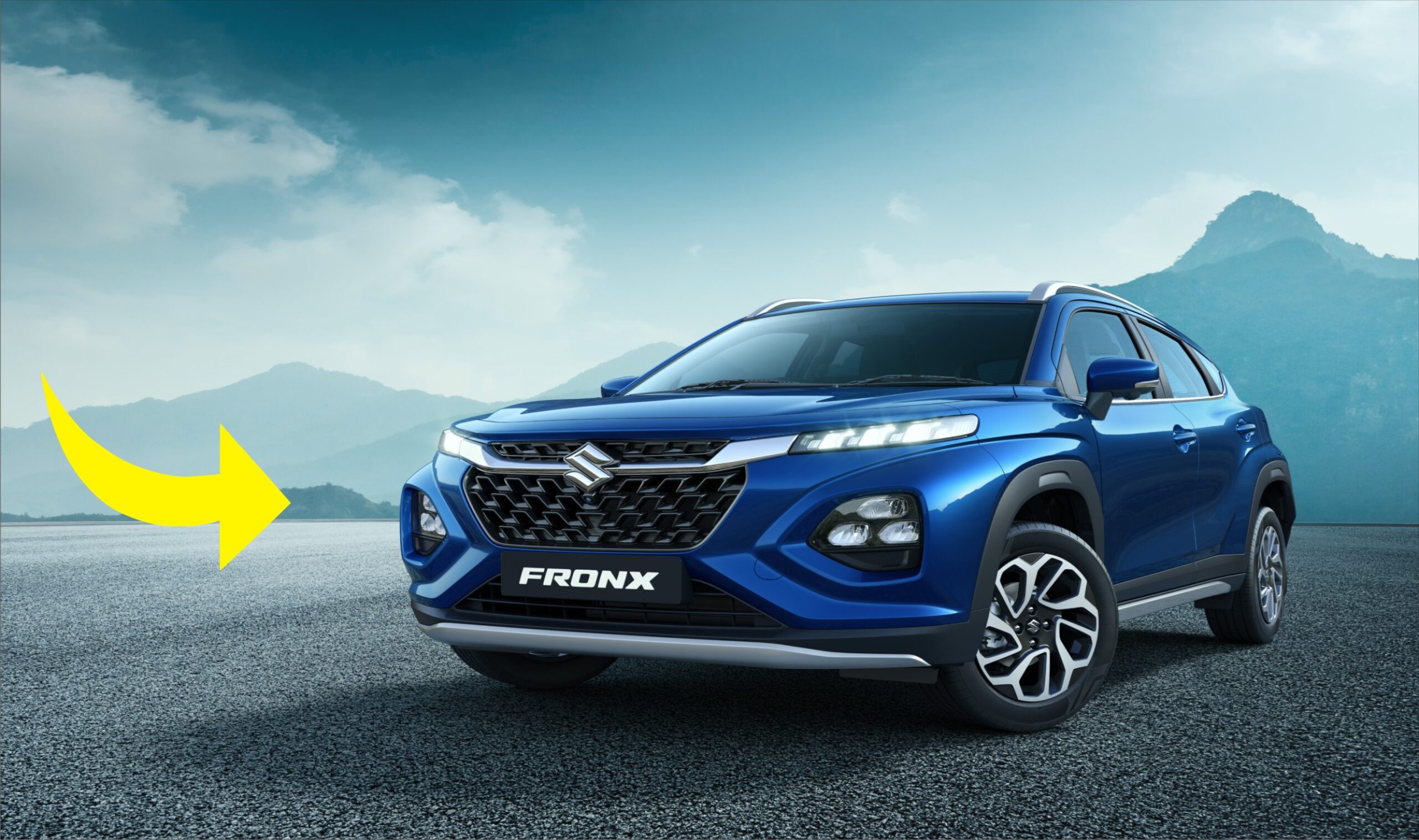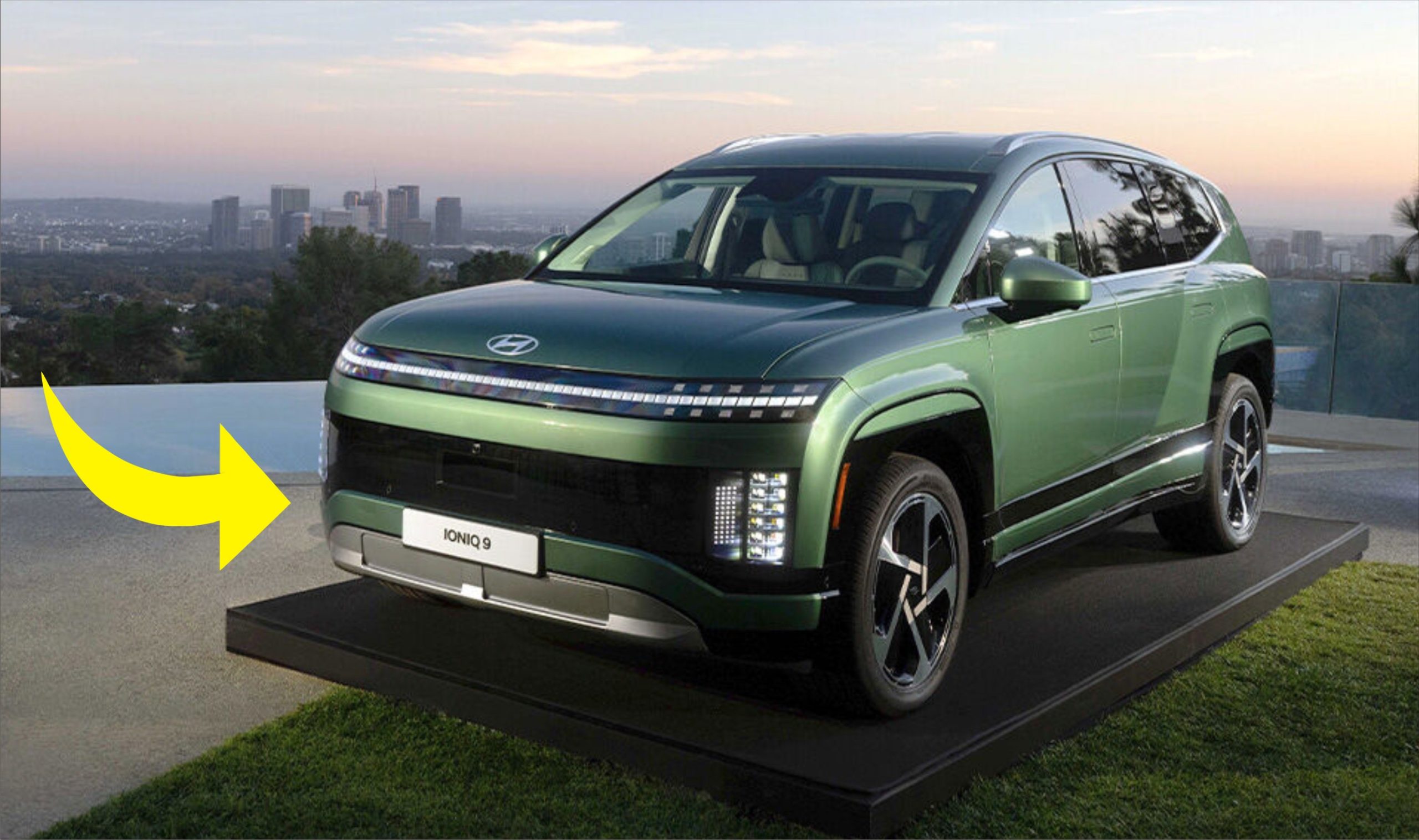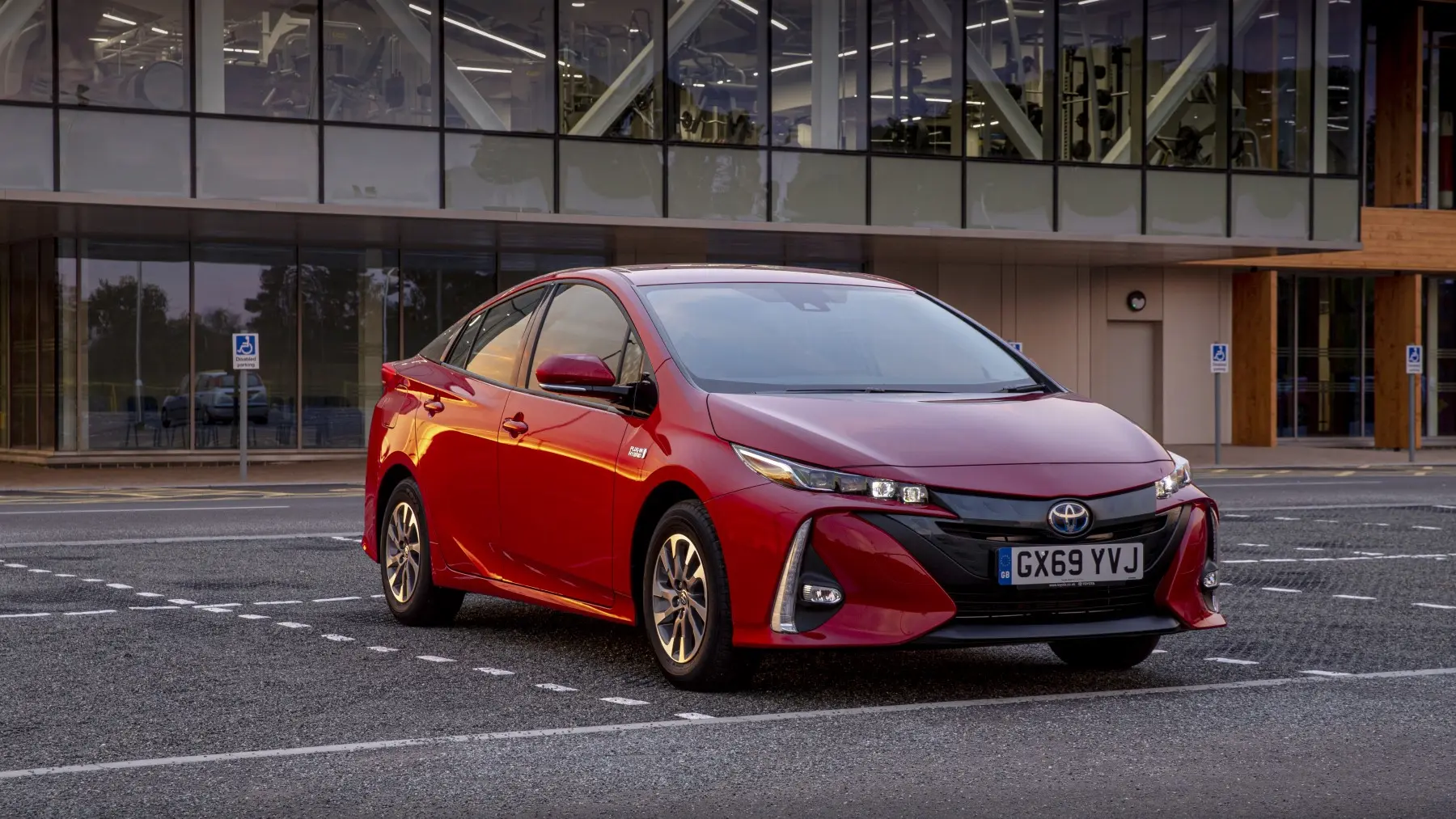
Maruti Suzuki Fronx EV: Fast Charging and Convenience
Maruti Suzuki has long been a dominant force in the Indian automotive market, known for offering affordable and reliable vehicles. As the world continues to move towards a more sustainable future, Maruti Suzuki is preparing to make significant strides in the electric vehicle (EV) segment. The Maruti Suzuki Fronx EV is a key component of … Read more


